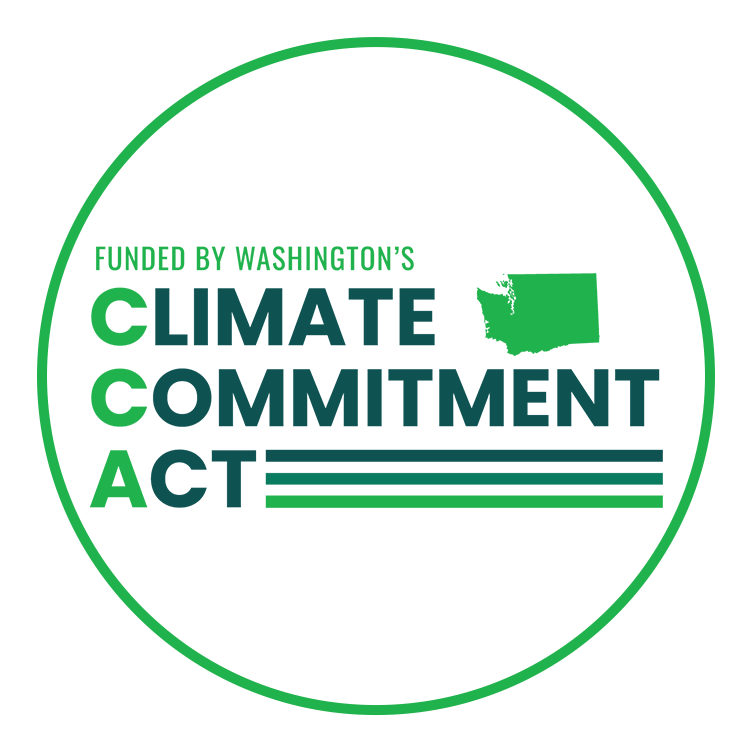Western States Climate Agreement Repeats Failure of Last Climate Agreement
Nearly three years after signing the “Pacific Coast Action Plan on Climate and Energy,” Governor Inslee is again joining leaders of California, Oregon and British Columbia to sign yet another declaration on climate change.
As he signs the new agreement, we have some questions.
- How did Washington state do in fulfilling the last agreement?
- Did Washington meet the pledge to have 10 percent of “private fleets” as electric vehicles?
- Did Washington meet the pledge to set carbon caps?
- Did Washington adopt a low-carbon fuel standard?
- How is this declaration any different from the past, failed declarations?
Much of the language of the previous agreement is vague – “continue to support the Pacific Coast Collaborative’s Vision for high speed rail,” “urge the American and Canadian federal governments to take action,” etc. – but there are a few tangible targets. Here is an accounting from the last agreement.
“Washington will set binding limits on carbon emissions and deploy market mechanisms to meet those limits.”
Failed. The Governor’s climate legislation was killed by House Democrats who never moved his bill out of committee. The Governor proposed regulation to move in this direction, but the rules were so poor they were withdrawn by the Department of Ecology and a new proposal has not appeared.
“Washington will adopt low-carbon fuels standards.”
Failed. The Governor’s effort to impose low-carbon fuel standards was dropped as part of the 2015 transportation package. The agreement prevents a low-carbon standard from being adopted for another 15 years.
“…aiming for 10 percent of new vehicle purchases in public and private fleets by 2016.”
Probably failed. It is unclear what is meant by “private fleets,” but it is very unlikely that 10 percent are electric vehicles. Between 2013 and 2016, Washington added only 8,633 electric vehicles. This amounts to two percent of new cars during that time. About one-third of those vehicles are high-cost Teslas, which are unlikely to be included in “fleets.” Many of the remaining vehicles are personal vehicles.
This language is in the new agreement as well, but, interestingly, removed the timeline. The new language says the states and cities will only "encourage" this goal.
Seattle, by the way, is also probably missing the target. The city has about 2,500 passenger vehicles, and the city’s own Drive Clean Seattle web page brags that since 2011, “43 all-electric vehicles replaced less efficient vehicles,” about 1.72 percent of the fleet over the last five years.
These failures are a pattern for Washington state politicians. Under former Mayor Greg Nickels, Seattle pledged to meet the Kyoto emissions targets by 2012. It failed. Badly. Seattle missed the target and emissions are actually increasing.
As the signing of this new agreement demonstrates, each time politicians fail, they simply change the target and make new promises.





